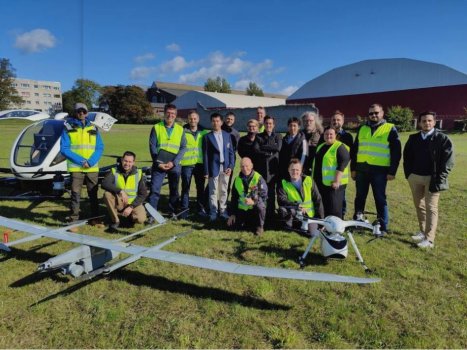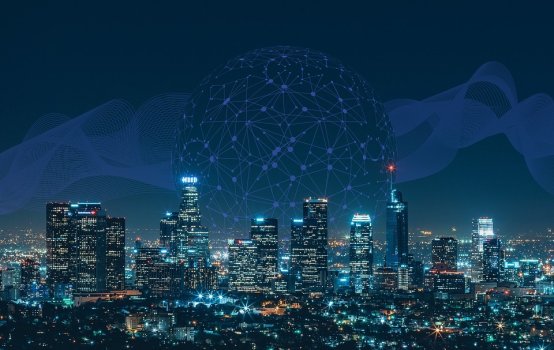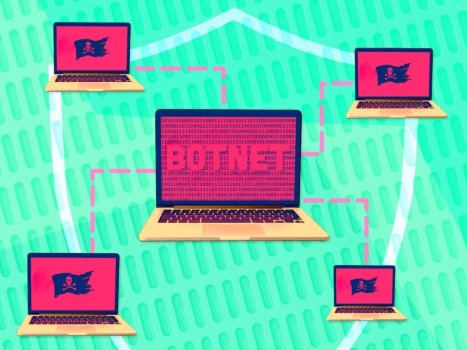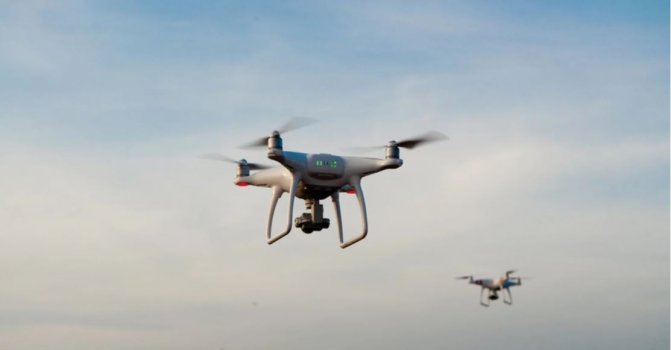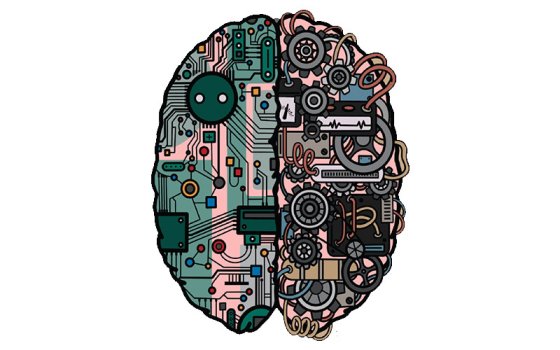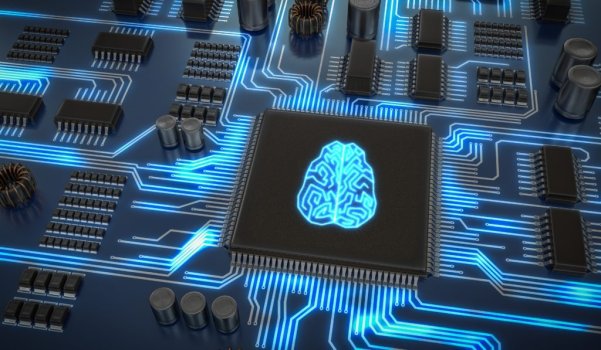Europe Hits Key Milestones To Launch Commercial Drones And Air Taxis
- Technology Solutions
- 0 Replies
The toughest problem to solve to enable widespread use of autonomous air taxis and drones beyond visual line of sight is the holistic integration of new and legacy air traffic systems. A European project dubbed Gulf of Finland (GOF) 2.0, kicked off on September 2, 2021 and tackled this head on, in the largest trials yet of a single sky air traffic management system.
The solution to harmonizing operations of manned aircraft, unmanned aerial vehicles and air taxis in shared urban low-altitude airspace: interconnectivity and data exchanges. The EU’s U-Space regulations codified how it should be done in a risk and performance-based framework, while the Single European Sky Aircraft Traffic Management Research Joint Undertaking, a public-private partnership of more than 3,000 international experts, has provided real world research to back it up.
According to Thomas Neubauer, the architect of Europe’s unmanned traffic management (UTM) interface standard, “We are proving a wide range of end-to-end application cases in a fully automated manner, and integrating them into the existing regime of air traffic management systems and rules.” Neubauer is Vice President of Innovations at TEOCO and co-founder of Dimetor, creators of AirborneRF, an end-to-end connectivity management software based in Vienna, which connects drones with traffic control systems using cellular networks.
Continue reading: https://www.forbes.com/sites/dawnzoldi/2021/09/28/europe-hits-key-milestones-to-launch-commercial-drones-and-air-taxis/?sh=4ae648f91382
The solution to harmonizing operations of manned aircraft, unmanned aerial vehicles and air taxis in shared urban low-altitude airspace: interconnectivity and data exchanges. The EU’s U-Space regulations codified how it should be done in a risk and performance-based framework, while the Single European Sky Aircraft Traffic Management Research Joint Undertaking, a public-private partnership of more than 3,000 international experts, has provided real world research to back it up.
According to Thomas Neubauer, the architect of Europe’s unmanned traffic management (UTM) interface standard, “We are proving a wide range of end-to-end application cases in a fully automated manner, and integrating them into the existing regime of air traffic management systems and rules.” Neubauer is Vice President of Innovations at TEOCO and co-founder of Dimetor, creators of AirborneRF, an end-to-end connectivity management software based in Vienna, which connects drones with traffic control systems using cellular networks.
Continue reading: https://www.forbes.com/sites/dawnzoldi/2021/09/28/europe-hits-key-milestones-to-launch-commercial-drones-and-air-taxis/?sh=4ae648f91382

